MGMT20128 Project: Idea Selection, Business Model, and Pitch
VerifiedAdded on 2023/01/05
|11
|753
|51
Project
AI Summary
This project presents a comprehensive business plan for a smart toys venture targeted at children aged 15, focusing on enhancing innovation, creativity, and cognitive skills. The project addresses the problem of needing creative solutions, highlighting the benefits of creativity for CEOs and the learning process. The proposed business model includes the sale of physical toys and subscription-based memberships, with detailed financial feasibility analysis, including income streams, profit margins, and overhead costs. Operational feasibility is addressed through product improvements based on feedback and sales supporting less fortunate children. The project outlines the scope and scalability of the idea, including expansion plans and technological enhancements. It also details the investor's offerings, including development capital, network, distribution, and experience, and what the investor is offered in return, such as equity and control. Cash flow projections for two years are provided, along with references to relevant academic literature supporting the business concept. The assignment also includes an analysis of the validation process for a business idea, focusing on market and customer validation, as well as the structure of an investor pitch, including key aspects of the business model to highlight. Workshop activities include consensus-building, reverse brainstorming, and the preparation of supporting materials for the pitch, drawing on resources such as Forbes and Inc. to structure a compelling presentation.
1 out of 11
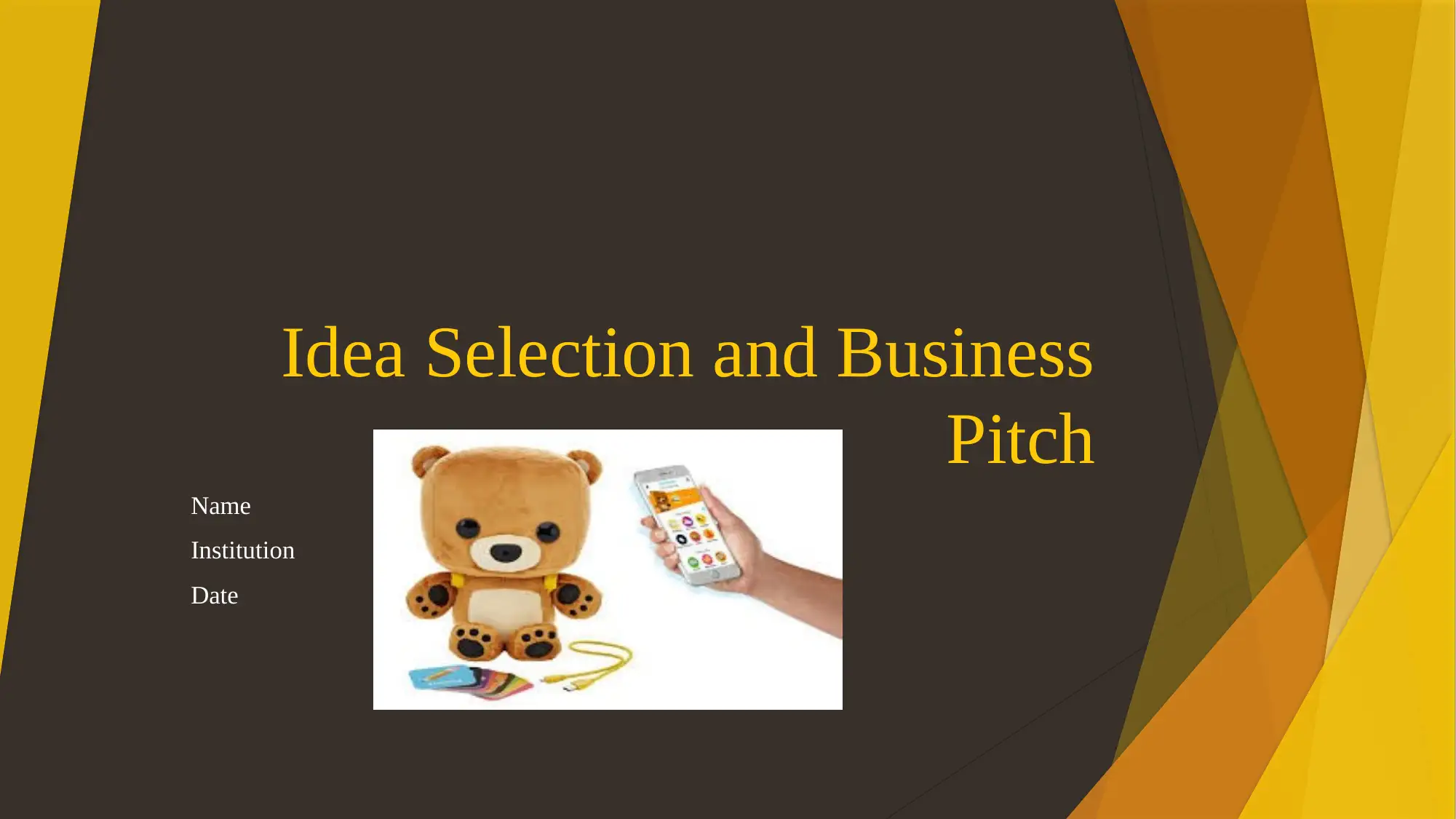
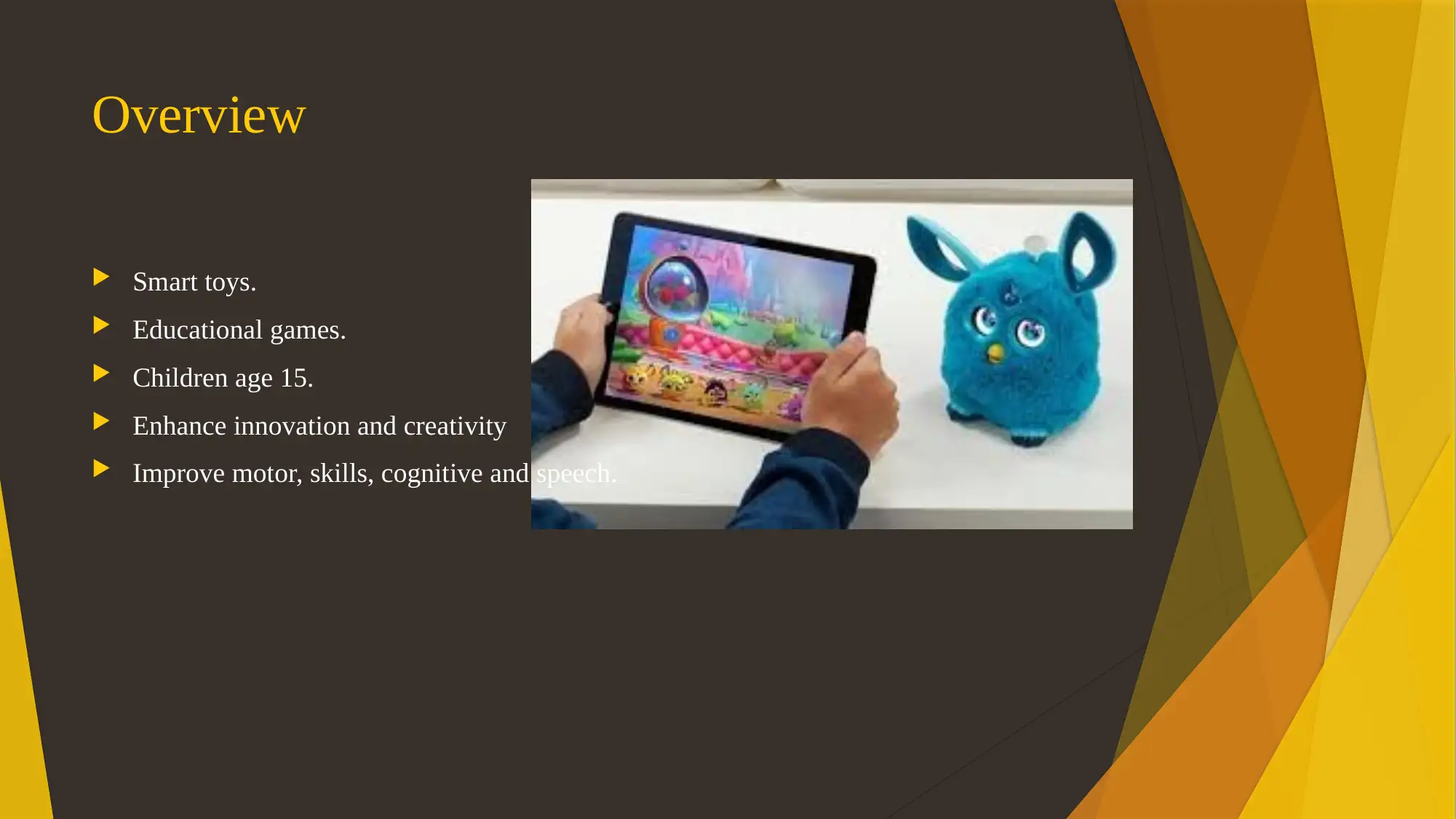
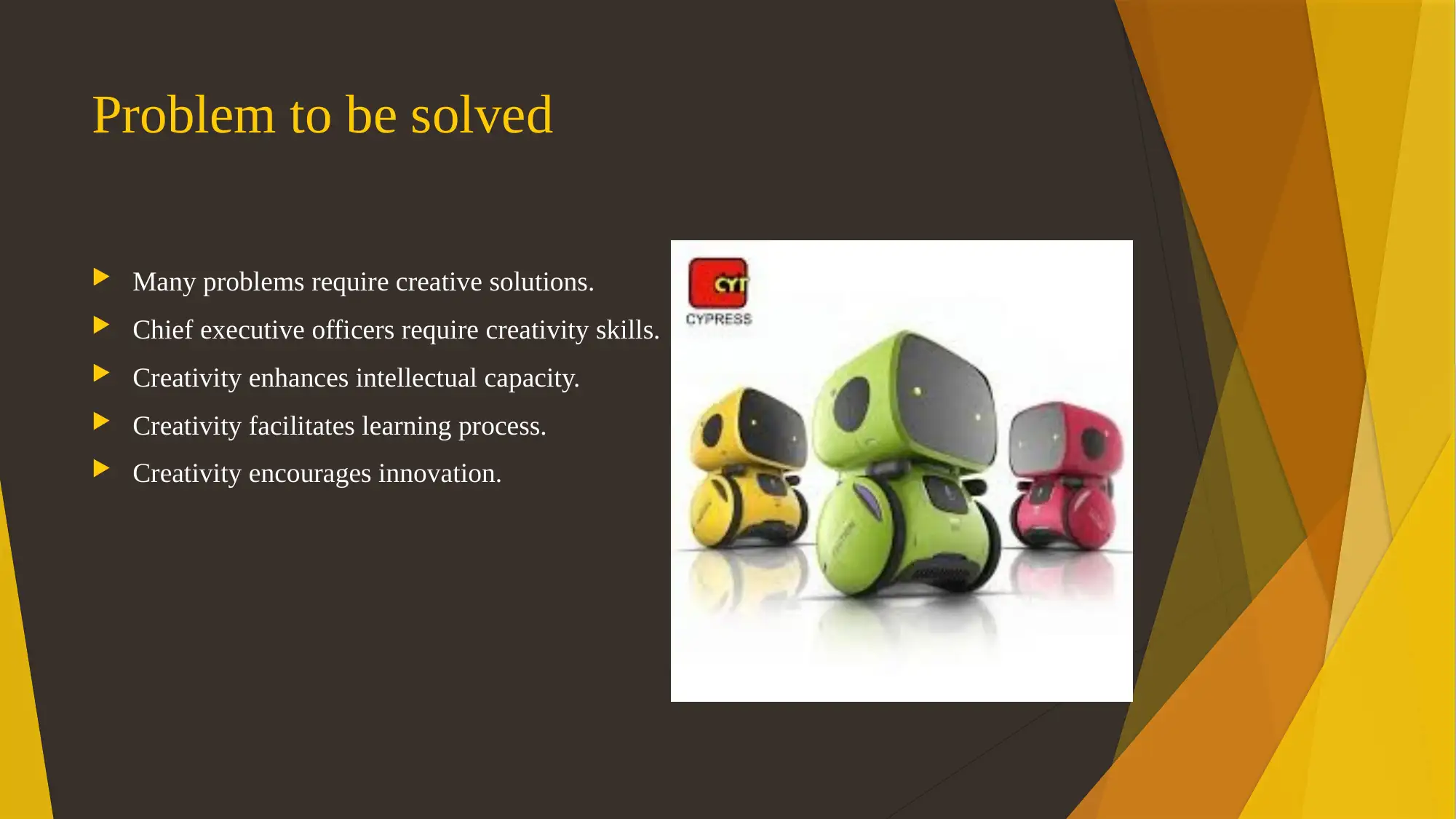

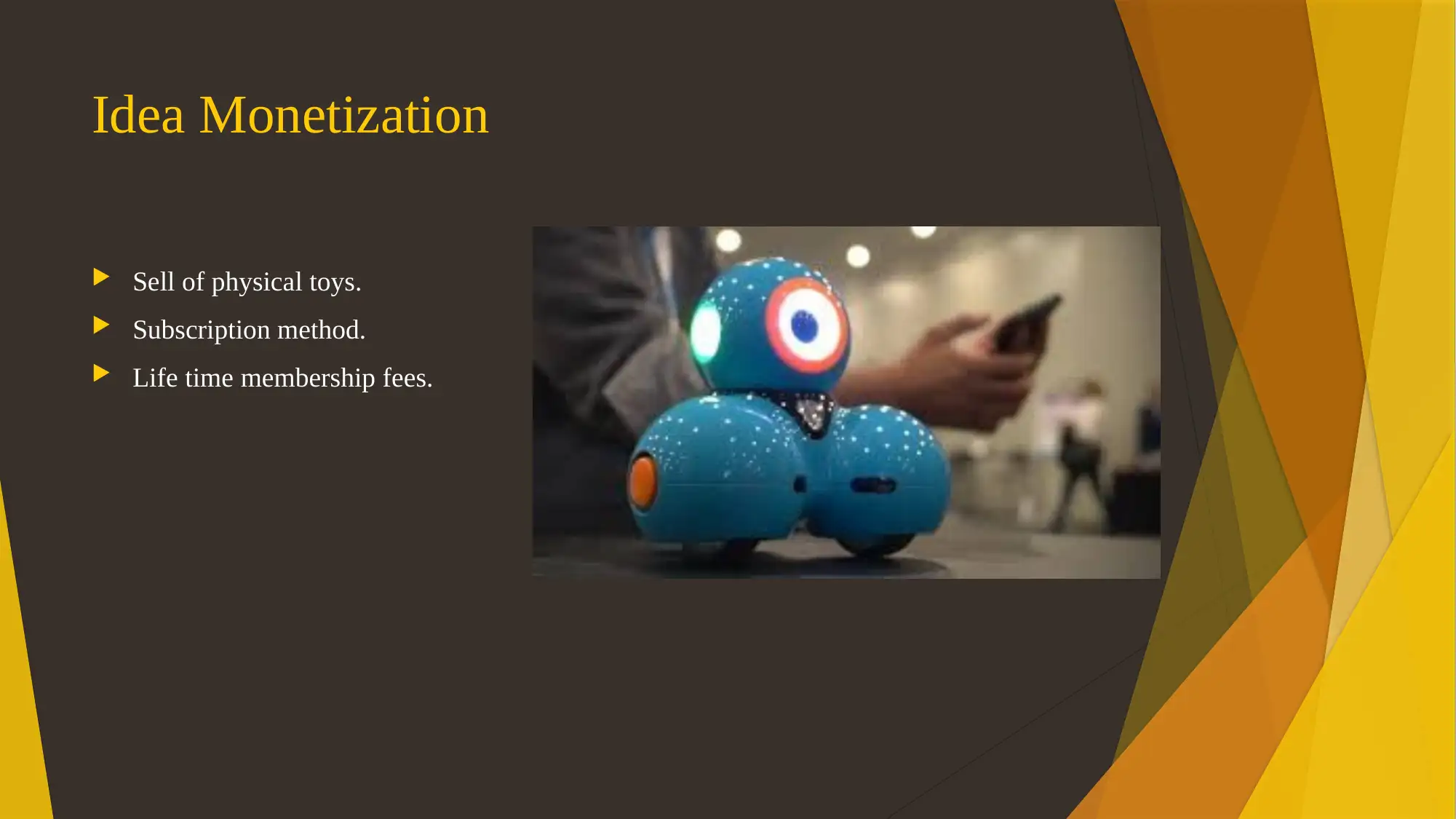

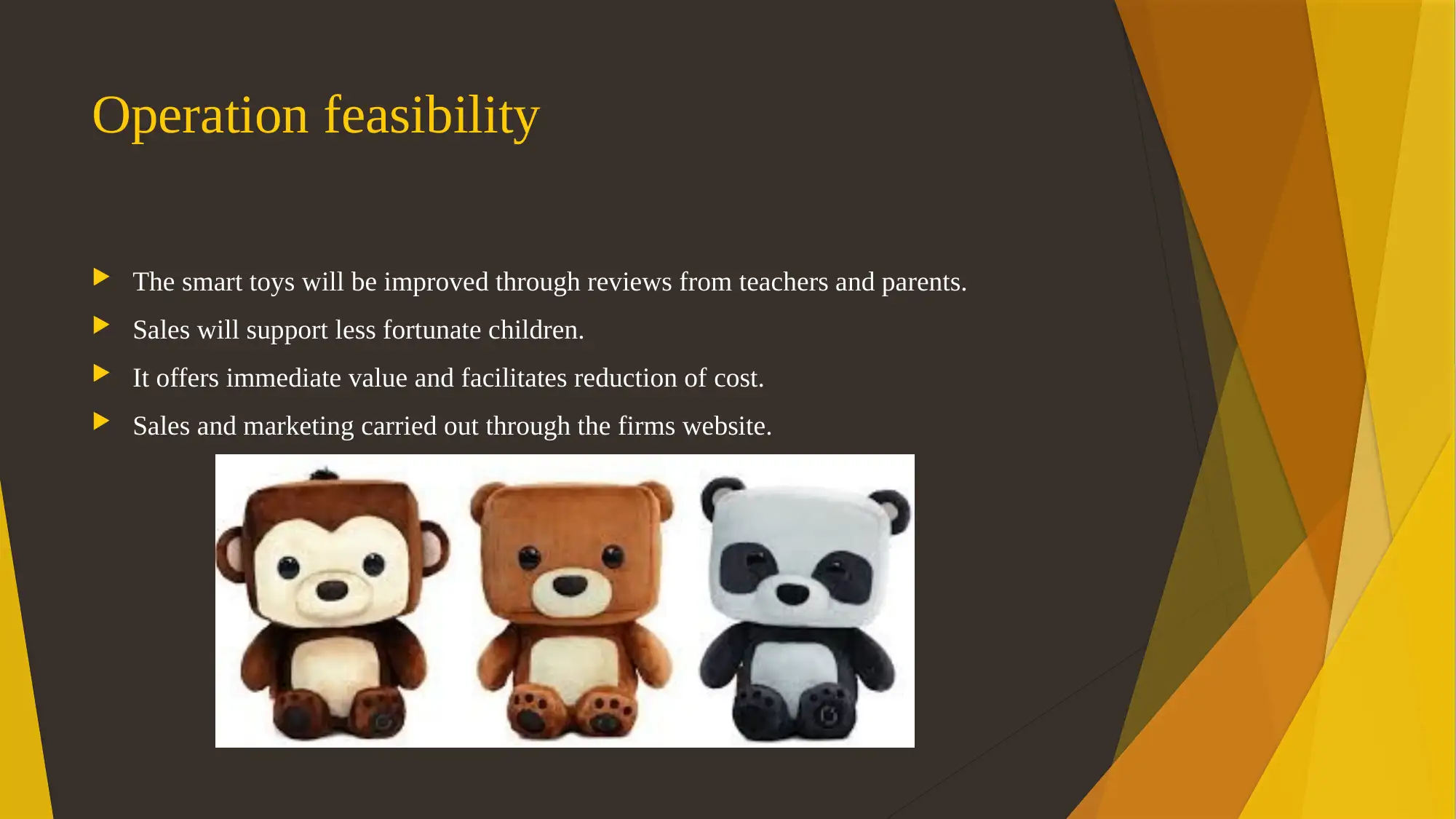
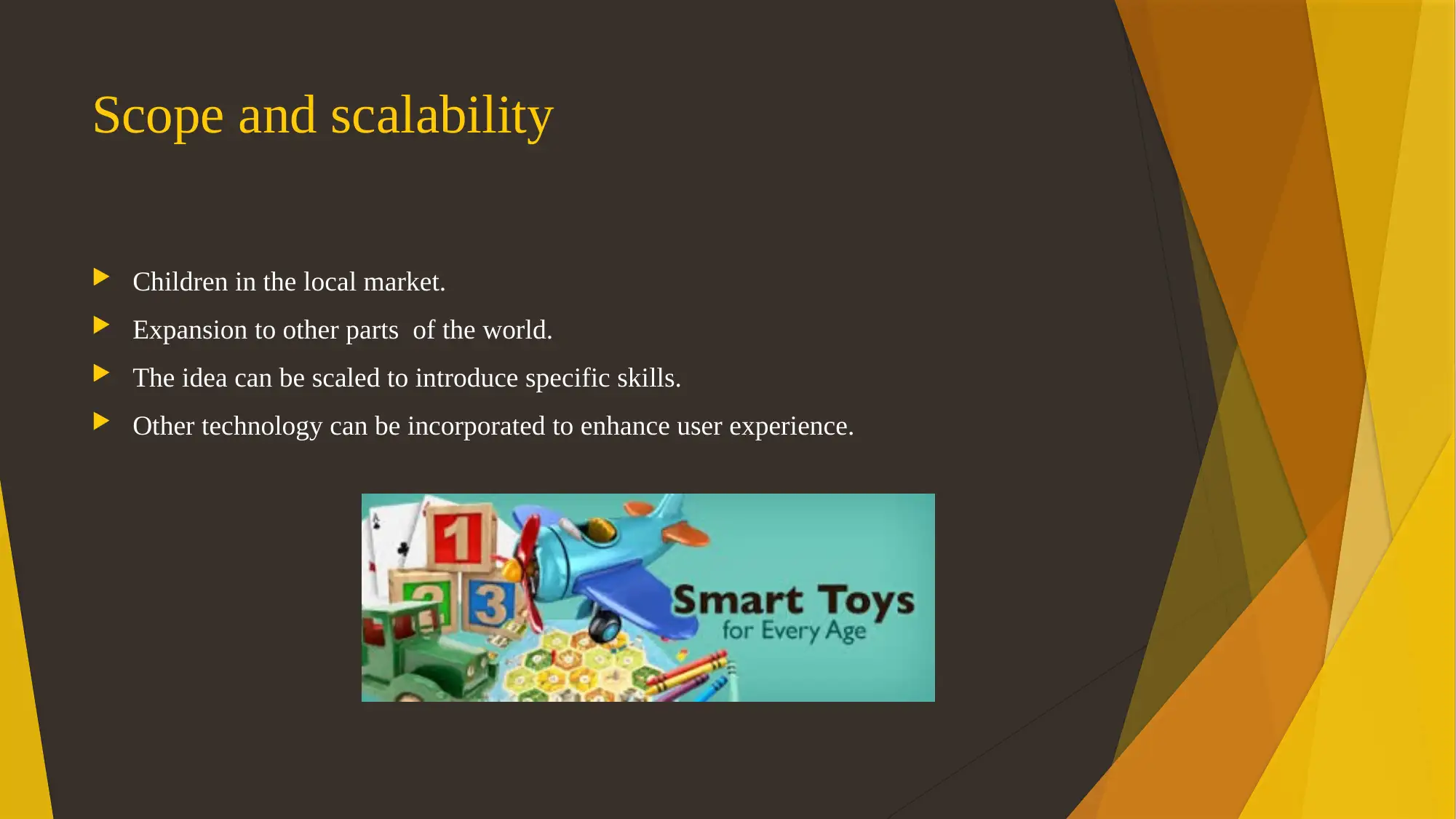
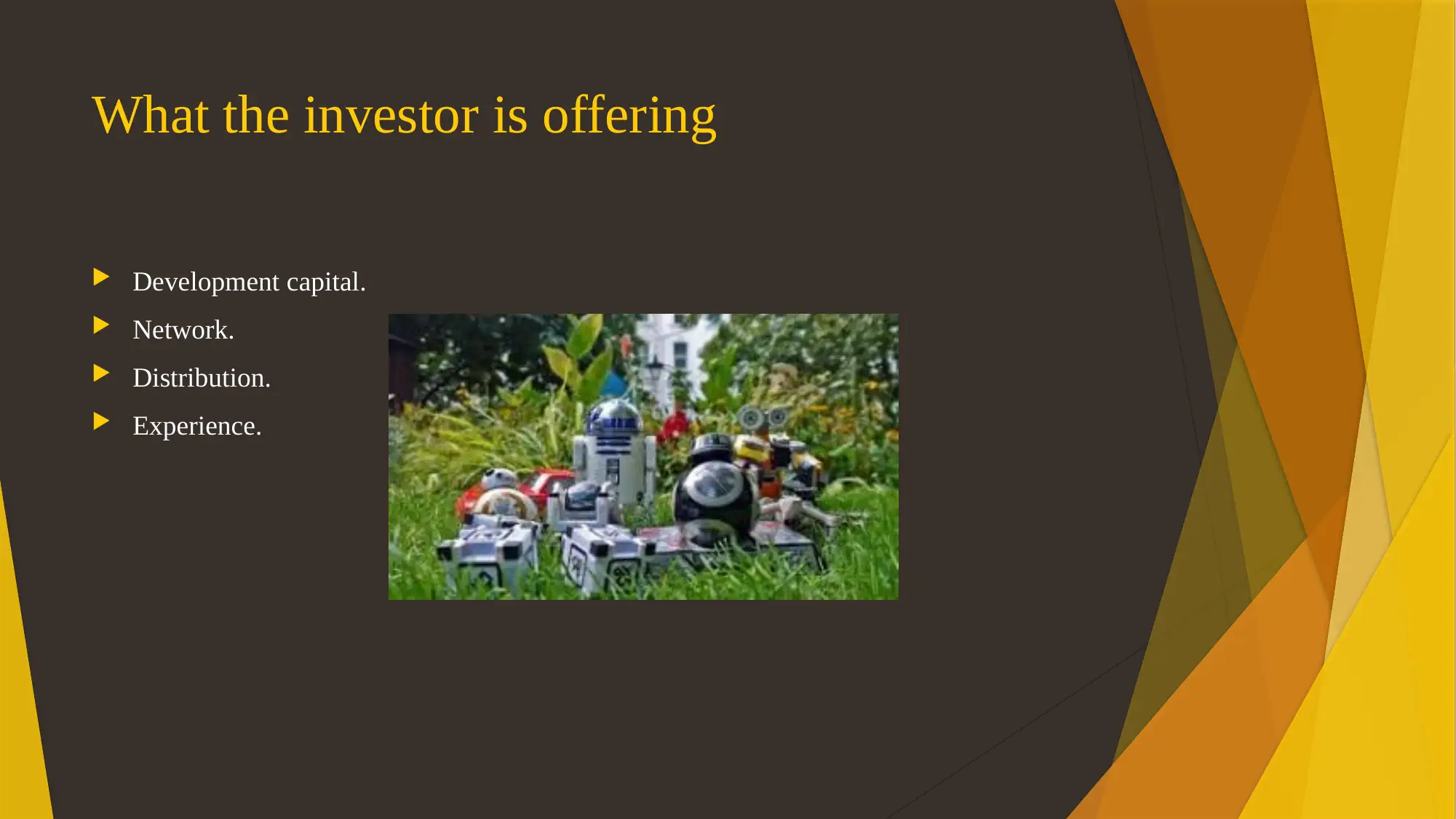
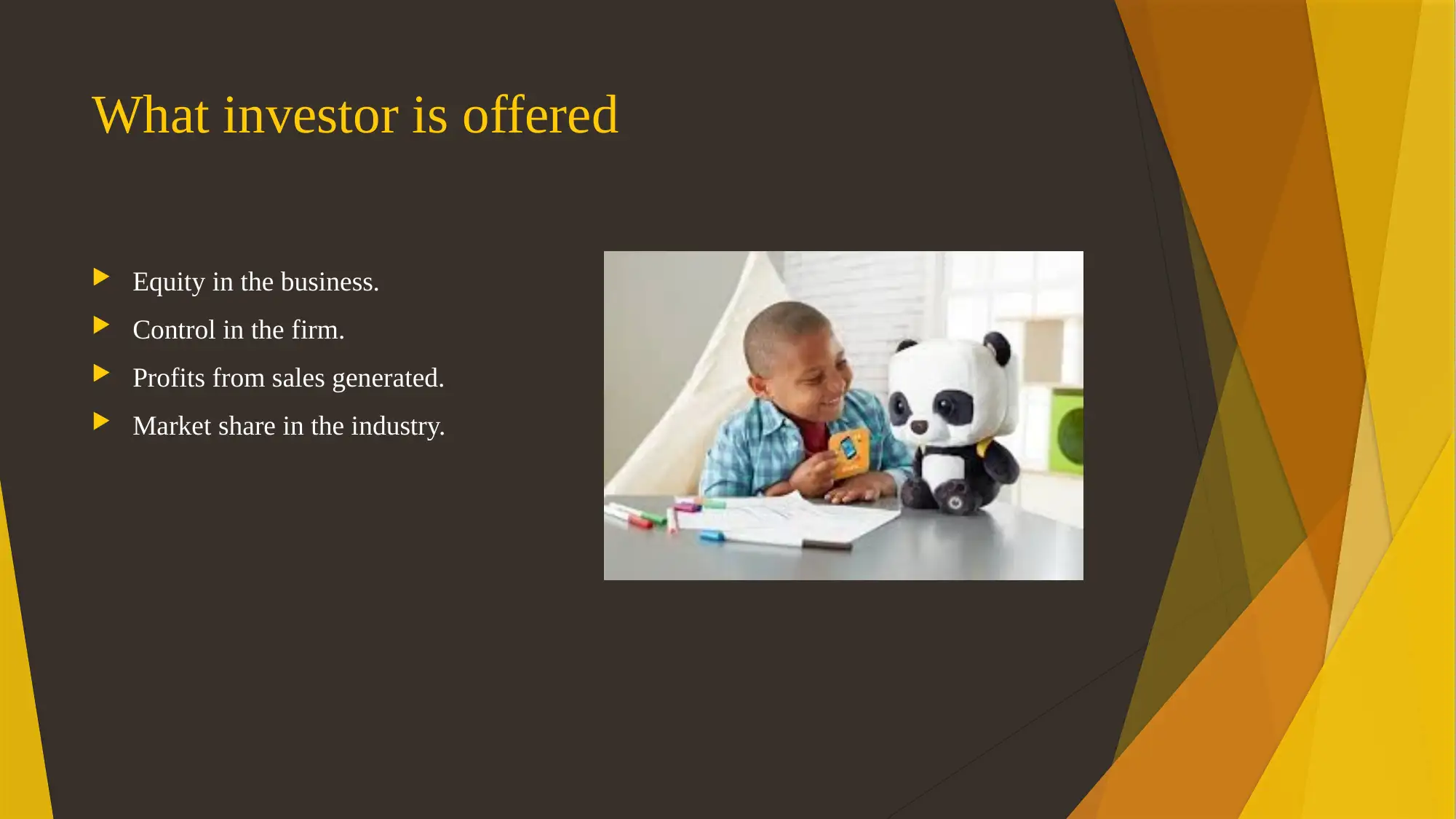
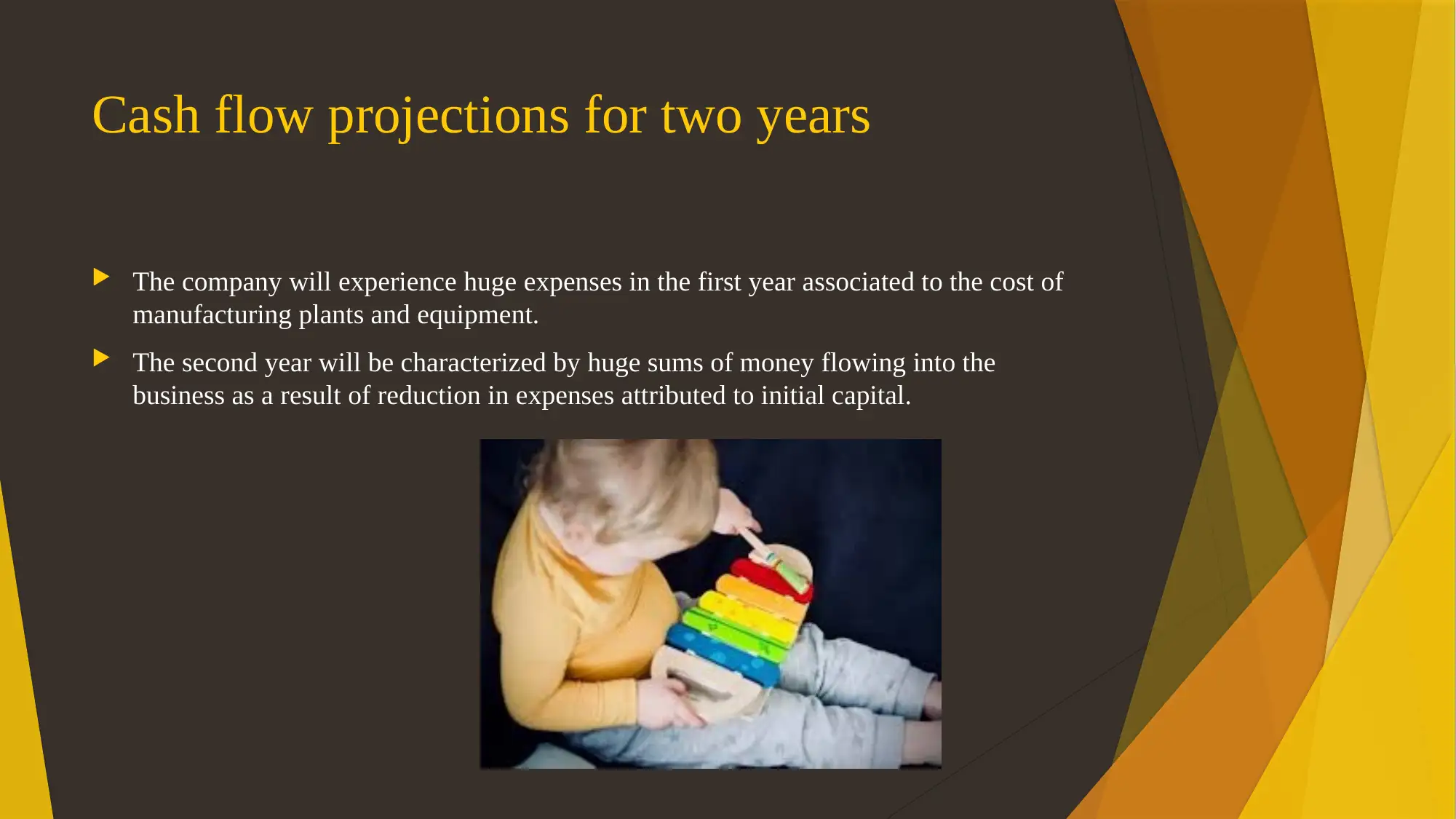
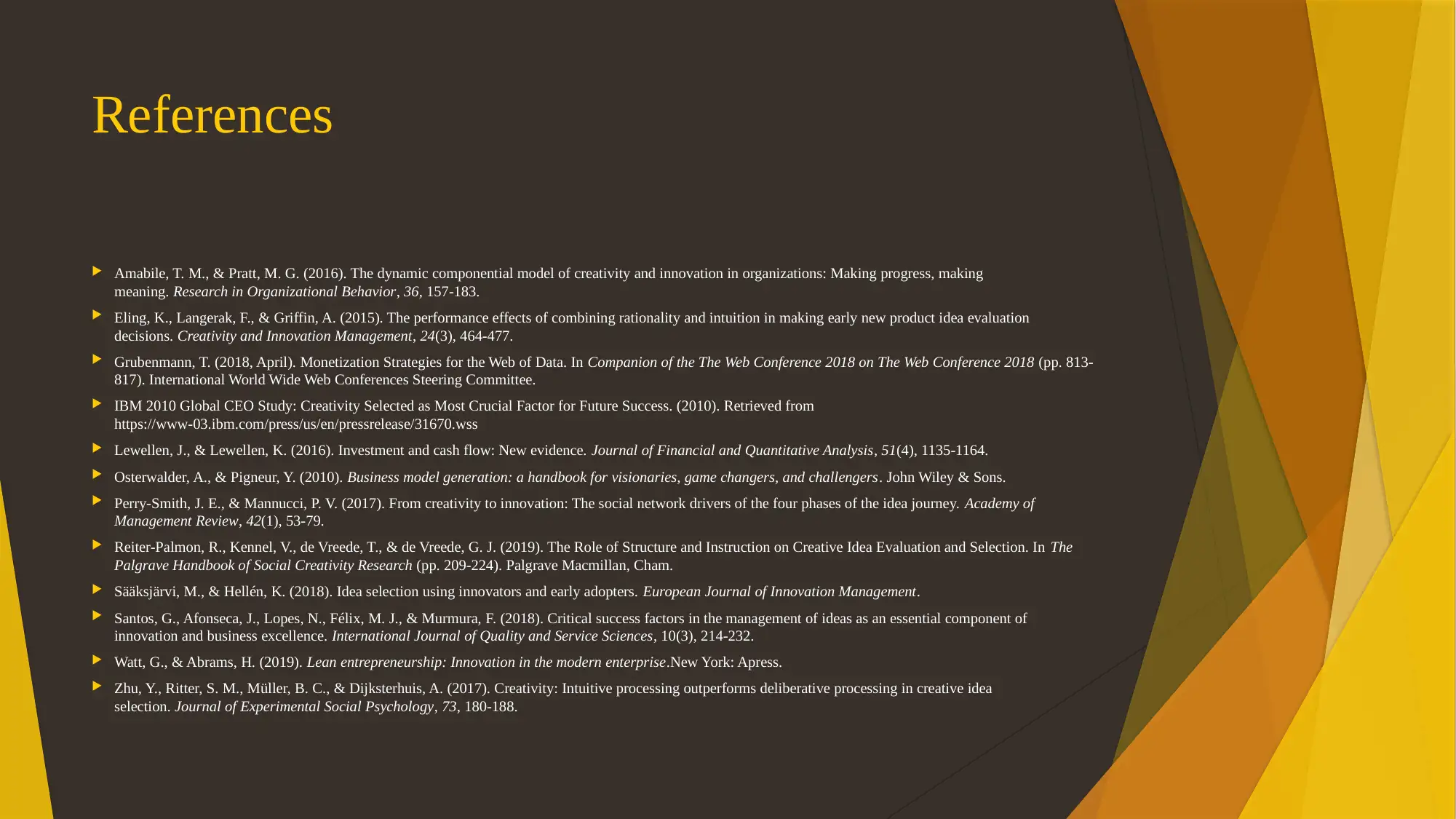

![[object Object]](/_next/static/media/star-bottom.7253800d.svg)